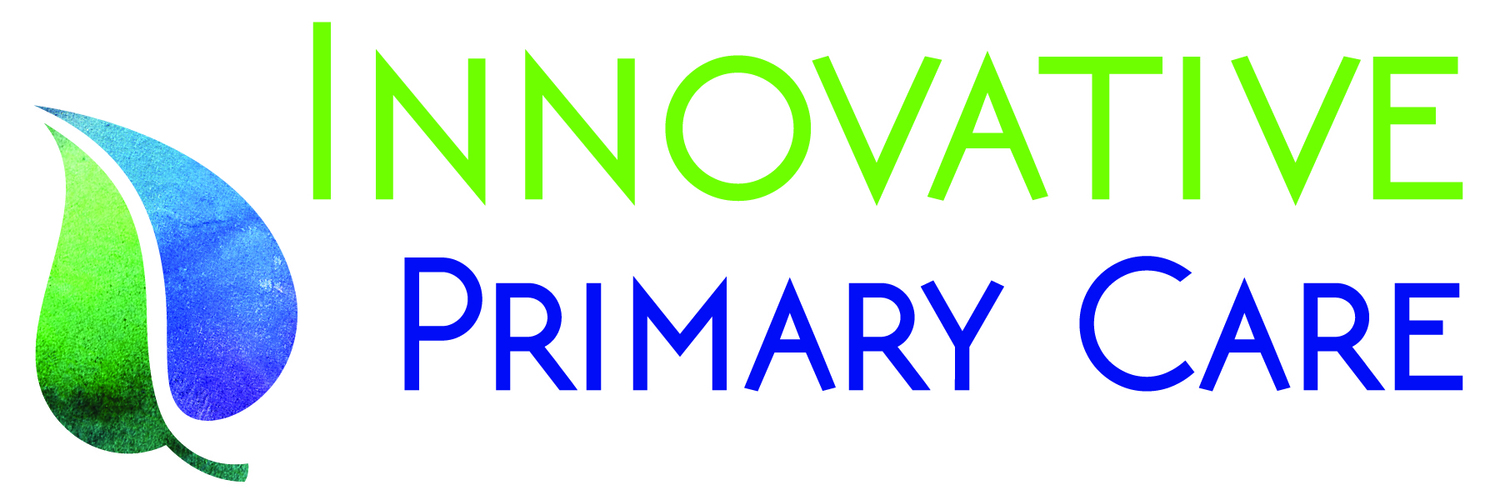Bone Health and Osteoporosis Prevention
/Got bone health? There are quality ways to get it and we urge our patients to tune in to how to make sure your bones stay healthy or you can at least slow down the bone loss that comes with aging.
In midlife, bone loss usually speeds up in both men and women. For most women, bone loss increases after menopause, when estrogen levels drop sharply. In fact, in the five to seven years after menopause, women can lose up to 20 percent or more of their bone density. Osteoporosis happens when you lose too much bone, make too little bone, or both.
While age, family history, low body weight and broken bones or weight loss can all contribute to the risk for osteoporosis, there are many things we can do to keep our bones healthy and strong.
Dr. Levitt is not a fan of milk. Instead she believes there are better ways to make sure you eat a well-balanced diet rich in calcium and vitamin D. Explore a wide range of foods that are good sources of calcium, including:
- Tofu
- Soy milk
- Green leafy vegetables (e.g., broccoli, brussel sprouts, mustard greens, kale)
- Chinese cabbage or bok choy
- Beans/legumes
- Tortillas
- Sardines/salmon with edible bones
- Shrimp
- Orange juice (calcium fortified)
- Nuts/almonds
- Non-fat yogurt
- Dates, figs, and raisins
- Carob flour
- Black strap molasses
- Sea vegetables
Calcium supplementation should be combined with vitamin D to increase absorption. Good sources of vitamin D include egg yolks, saltwater fish, liver, and milk with vitamin D.
How much calcium you need will vary depending on your age and other factors. The National Academy of Sciences makes the following recommendations regarding daily intake of calcium:
- Women and men 19 to 50 years: 1,000 mg per day
- Women and men over 50: 1,200 mg per day
- Males and females 9 to 18 years: 1,300 mg per day
- Pregnant or nursing women up to age 18: 1,300 mg per day
- Pregnant or nursing women 19 to 50 years: 1,000 mg per day
In addition to dietary modifications, the following preventative measures can minimize the chances of developing osteoporosis:
- Get plenty of physical activity. Like muscles, bones become stronger with exercise. The best exercises for healthy bones are strength-building and weight-bearing, like walking, climbing stairs, lifting weights, and dancing. Try to get 30 minutes of exercise each day.
- Avoid alcohol. Alcohol decreases intestinal calcium absorption and vitamin D levels and it is also associated with hip fractures due to an increased number of falls.
- Avoid coffee or black tea. Coffee and tea increase urinary and fecal calcium excretion. Heavy caffeine drinkers (more than cups of coffee/tea per day) are twice as likely to suffer hip fractures.
- Avoid smoking. The bone mineral content of smokers is 15-30% lower in women, and smokers are twice as likely to have osteoporosis as non-smokers.
- Prevent falls. Falling down can cause a bone to break, especially in someone with osteoporosis. But most falls can be prevented. Check your home for dangers like loose rugs and poor lighting. Have your vision checked. Increase your balance and strength by walking every day and taking classes like Tai Chi, yoga, or dancing.
Osteoporosis is called the “silent disease” because bone is lost with no symptoms. If you are concerned about your bone density, please speak with your Innovative Primary Care provider about a bone mineral density test or supplements you might consider adding to your diet to ensure you are receiving the proper amount of calcium.
For more information on Bone Health and Osteoporosis, please visit:

